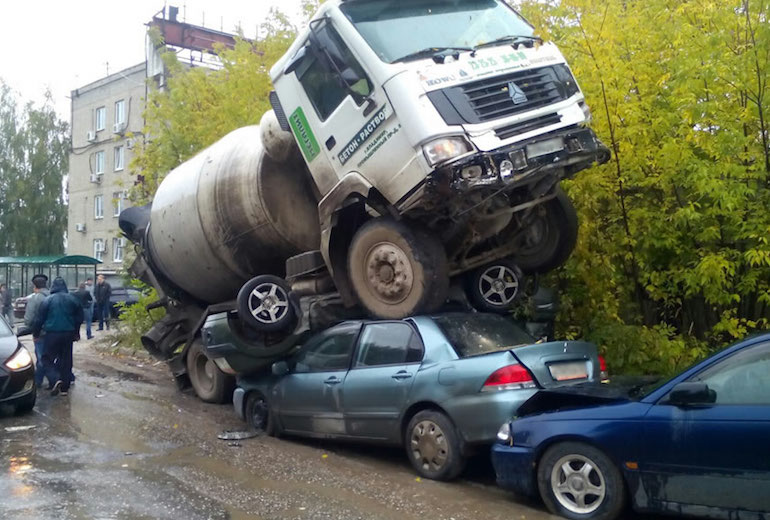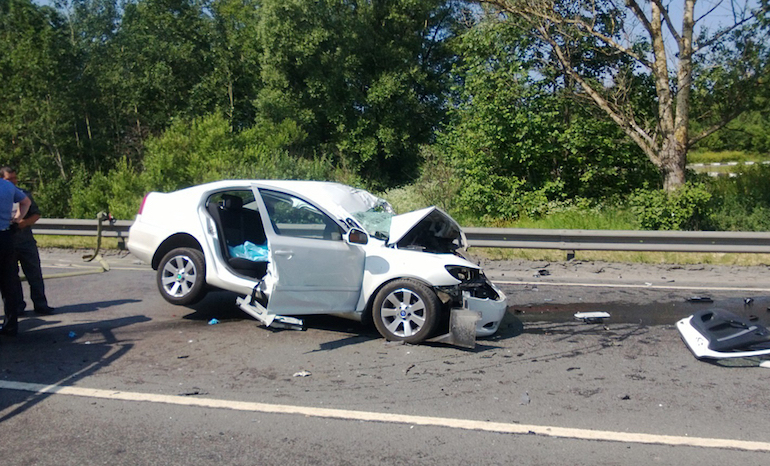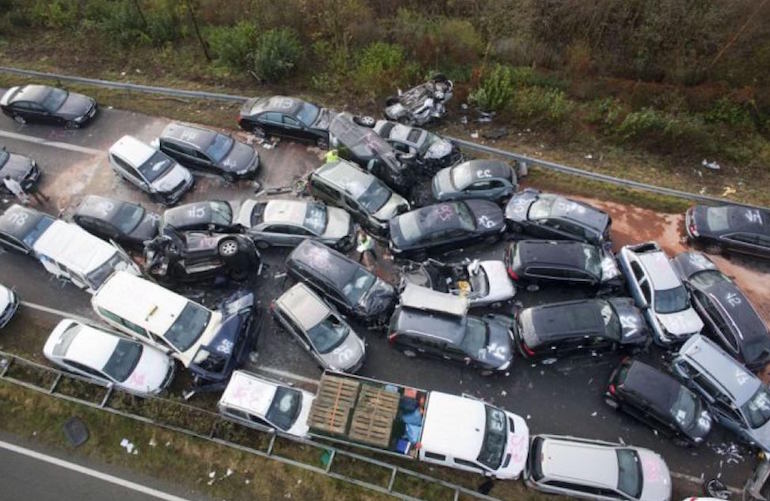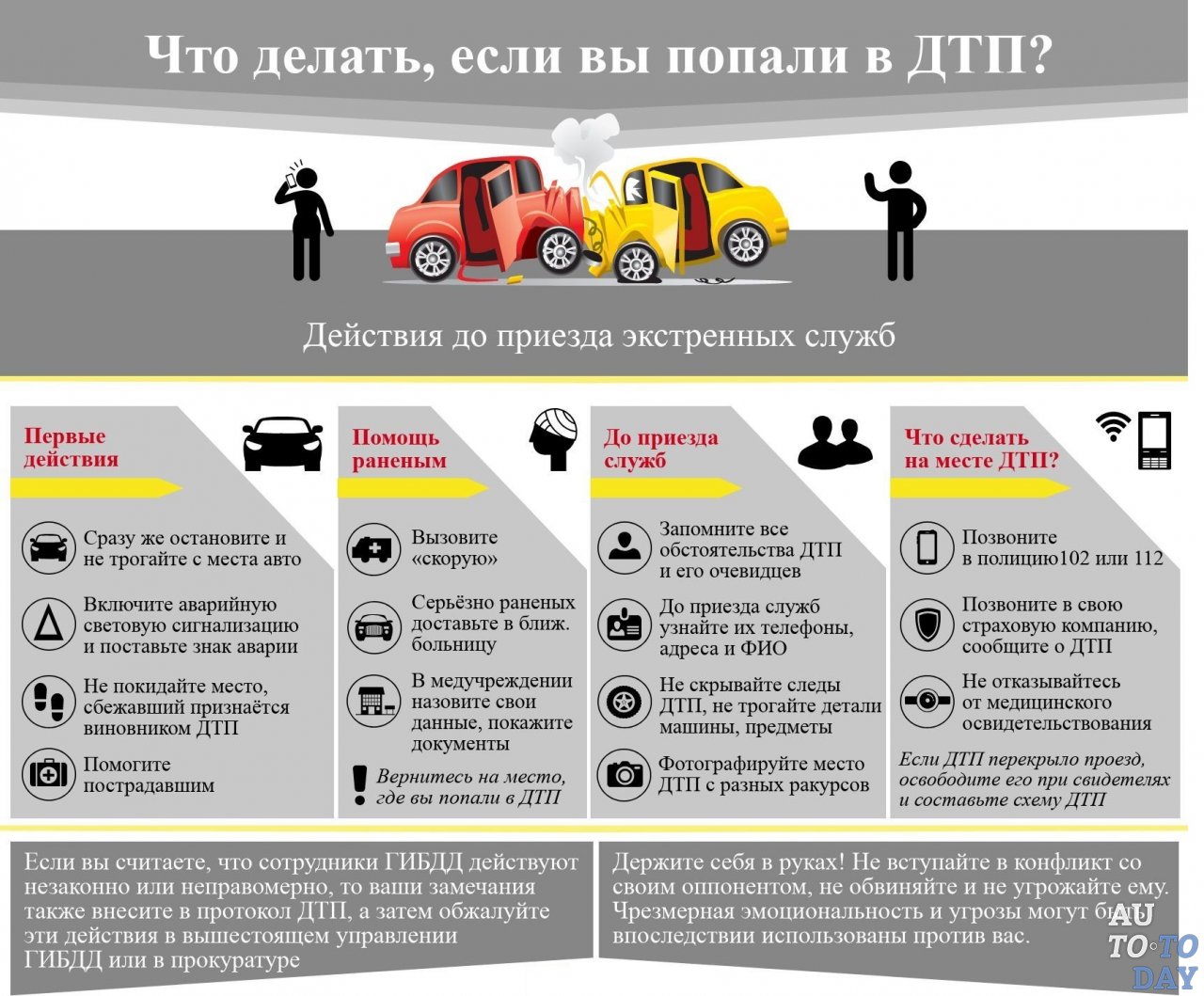
What to do in case of an accident if you are not at fault? Insurance: missing/expired
OSAGO is a special type of insurance under which the insurance company of the person responsible for the accident pays damages to the other party. The culprit himself does not receive any payments for OSAGO. Each insurance policy comes with a memo that describes in detail what and how to do in the event of an accident.
It is worth recalling that in May 2017, some amendments were made to the law on compulsory auto liability insurance. The most important change: for the IC, it is not the payment of compensation that becomes a priority, but the payment for repairs at partner service stations.
Payments will be possible in the following cases:
- the impossibility of restoring the vehicle;
- damage in excess of 400 thousand;
- The accident was registered according to the Europrotocol, the amount of damage is less than 100 thousand, while the actual cost of repairs is more than this amount, and the culprit refuses or is unable to cover the difference;
- non-vehicles were damaged in the accident;
- the damage is paid for by the Green Card or other internationally accepted insurance policies.

There are other changes: you can choose a service station at your discretion, a fine in case of overdue repairs (contracted from the insurer), disagreement with the quality of repairs, reimbursement of evacuation costs, a regressive lawsuit against the culprit of the accident (if he was drunk driving or deliberately violated traffic rules and etc.).
These amendments apply to all OSAGO policies issued after 28.04.2017/XNUMX/XNUMX. That is, you need to take into account that you are unlikely to be able to receive monetary compensation, the car will be repaired in partner car services (The portal vodi.su draws your attention to the fact that the quality of service and repair in them is not always up to par).
Actions in case of an accident
Regardless of whether you are the culprit or the victim - and it is often possible to find out after an independent examination and lengthy litigation - you need to act according to the algorithm described in detail in the traffic rules:
- stop immediately, turn on the alarm, set the emergency sign;
- provide assistance to the victims both in your car and in the car of the participant in the accident;
- call the traffic police and immediately call the number indicated in the OSAGO;
- before the arrival of the traffic police inspectors, do not touch anything, if possible fix the damage, debris on the road, the brake track.
Recall that if the damage is small, you can draw up the Europrotocol on the spot without involving the traffic police.
The arrived inspector proceeds to the registration of a traffic accident. He must issue to both drivers:
- a copy of the protocol;
- certificate No. 154, we previously talked about it on Vodi.su;
- a decision on an offense or a refusal to initiate an administrative offense (if there were no traffic violations).
Drivers must fill out an accident notice on the spot if the perpetrator admits his guilt. The notice is filled out according to the template, it must contain all personal data, as well as information about the car and the insurance company. In the event that there is disagreement about the cause of the accident, the case will be considered through the court with the involvement of a car lawyer, a lawyer and, possibly, an accredited independent expert.

Algorithm of actions after an accident
After analyzing the accident, the guilty party needs to think about where to get money to repair their own car. Victims turn to the UK. According to the law, up to 15 days are allotted for filing an application, but the sooner you write an application, the sooner the repairs will be paid.
Pay attention!
- official notification to the IC - is done orally within five days (the manager opens an insurance case and tells you its number, you tell in detail about what happened and mention the culprit, his IC and the number of the insurance policy);
- Compensation application - submitted in writing within 15 working days after the incident.
The following documents must be submitted to the insurance company:
- a copy of the protocol and a copy of certificate number 154, notification of an accident;
- documents for cars - STS, PTS, OSAGO;
- personal passport;
- checks and receipts if there were additional expenses, such as towing services or special parking.
It is advisable not to proceed with repairs before submitting an application, as a staff expert will conduct an inspection and establish the amount of damage. After submitting the application, the insurance company has 30 days under the law to make a decision. Do not forget to report the number of the payment card if payments are still made, otherwise you will receive a notification of receipt of money directly through the cash desk at the SK partner bank.
By law, payments are made within 90 days. However, according to the new amendments, repairs must be carried out within 30 days. If the case drags on, you have to write a claim to the company, but if they do not respond to it, it remains to go to court.

And one more important point - What to do if the culprit does not have OSAGO?
In this case, you will have to demand payments through the court from the culprit himself. If the victim does not have OSAGO, then he will receive the payment, since the absence of an insurance policy does not deprive him of the right to compensation. You will have to contact the IC of the culprit. True, in parallel, a fine can be issued for driving without insurance.
Loading…

